Can a lacrimal gland be mistakenly removed thru an eyelid lift? How common is this problem? Is there any test that can be done to see if the glands are still in? Thank you very much.
Answers (16)
From board-certified doctors and trusted medical professionals
Dr. Kenneth D. Steinsapir, MD

Dr. Kenneth D. Steinsapir, MD
Oculoplastic Surgeon, Board Certified in Ophthalmology
Answer
Dr. David Shafer, MD, FACS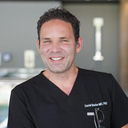

Dr. David Shafer, MD, FACS
Board Certified Plastic Surgeon
Answer
Dr. Andrew Miller, MD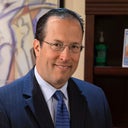

Dr. Andrew Miller, MD
Board Certified Facial Plastic Surgeon
Answer
Dr. Frank P. Fechner, MD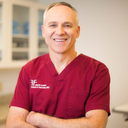

Dr. Frank P. Fechner, MD
Board Certified Facial Plastic Surgeon
Answer
Dr. Daniel Reichner, MD, FACS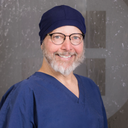

Dr. Daniel Reichner, MD, FACS
Board Certified Plastic Surgeon
Answer
Dr. Mark Berkowitz, MD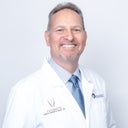

Dr. Mark Berkowitz, MD
Oculoplastic Surgeon, Board Certified in Ophthalmology
Answer
Dr. Chris Thiagarajah, MD
Dr. Chris Thiagarajah, MD
Oculoplastic Surgeon, Board Certified in Ophthalmology
Answer
Dr. William Portuese, MD
Dr. William Portuese, MD
Board Certified Facial Plastic Surgeon
Answer
Dr. Shepherd G. Pryor, MD
Dr. Shepherd G. Pryor, MD
Board Certified Facial Plastic Surgeon
Answer
Dr. Richard D. Gentile, MD
Dr. Richard D. Gentile, MD
Board Certified Facial Plastic Surgeon
Answer
More Eyelid Surgery Questions
See all Eyelid Surgery Q&AWE SEND PRETTY
EMAILS
What’s trending? Who’s turning heads? Which TikTok myths need busting? We’ve got you. No fluff, no gatekeeping—just real talk. Get our free, unfiltered newsletter.